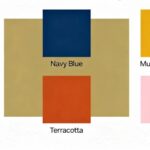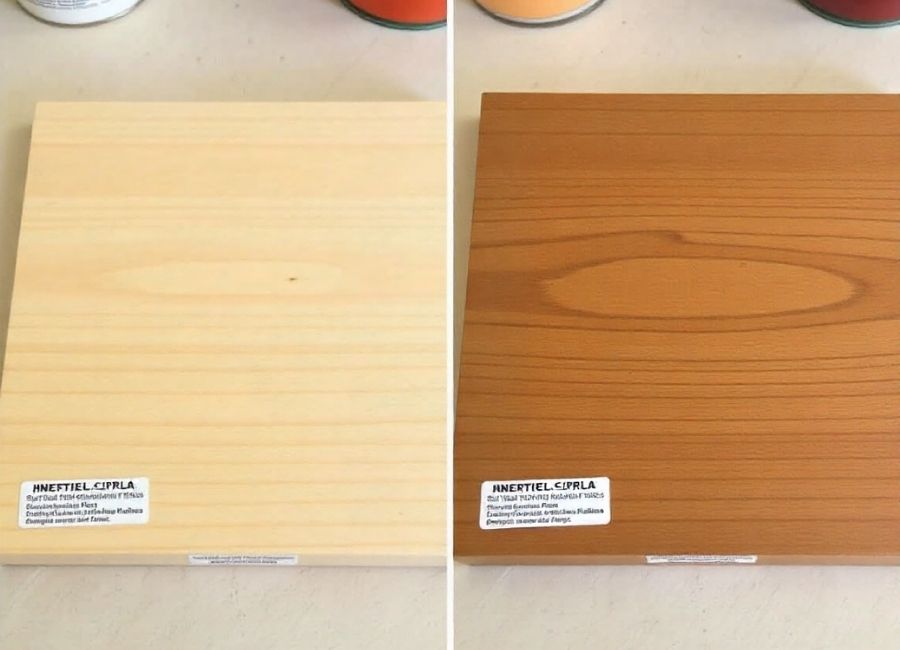Choosing the right finish for a wood project can feel overwhelming. After spending hours sanding, staining, and preparing your piece, the final step of sealing it is crucial. Two of the most common options at hardware stores are polycrylic and polyurethane. Both protect your work, but each has unique qualities that make it better for certain uses.
This guide will walk you through everything you need to know about polycrylic and polyurethane. We’ll compare their durability, drying time, application process, and ideal uses. By the end, you’ll have the confidence to select the perfect finish to ensure your project not only looks great but also stands the test of time.
What is Polycrylic?
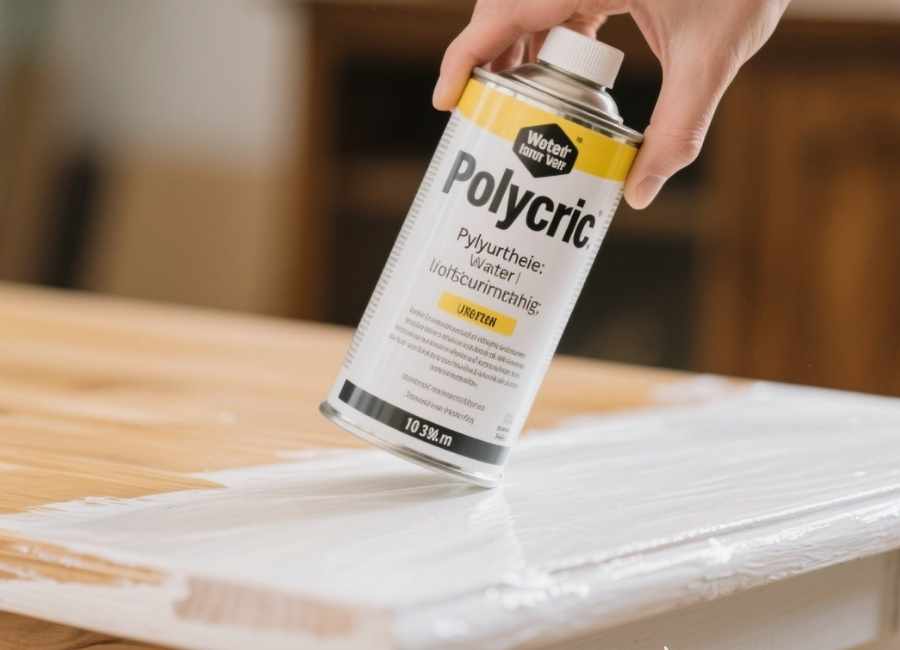
Polycrylic is a water-based protective finish. It combines water with a clear acrylic and urethane resin to form a protective layer on wood. Since it’s water-based, it has low levels of volatile organic compounds (VOCs), so it gives off fewer fumes and has a milder smell than some other sealers.
Polycrylic dries quickly and does not yellow over time, making it a popular choice for indoor furniture and projects with light-colored wood or paint. (Polycrylic vs. Polyurethane: What’s the Difference & What is Best for Your Project, n.d.) However, because it dries so fast, it can be harder to apply, and it is usually less durable than oil-based finishes.
What is Polyurethane?
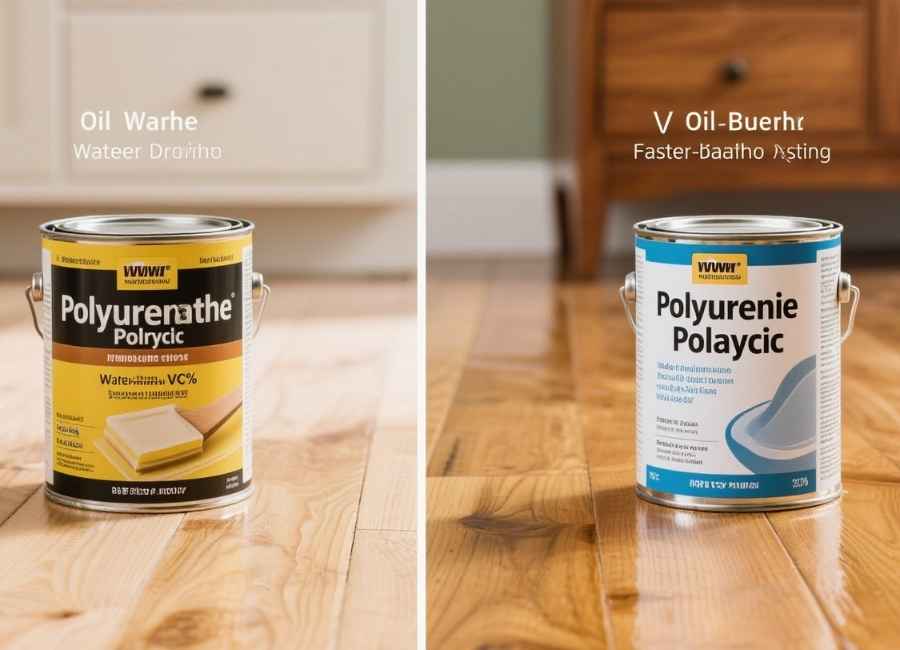
Polyurethane is a versatile wood sealer available in both water-based and oil-based types. It protects wood and makes it look better, offering strong durability. People often use it for hardwood floors, kitchen cabinets, and furniture that gets a lot of use.
- Oil-based polyurethane is known for being very durable and for resisting scratches, heat, and moisture. (Polyurethane Vs Polycrylic: What’s The Difference & Which One Should You Use?, 2022) It forms a tough layer that stands up to heavy use. However, it dries slowly, has a strong smell because of higher VOCs, and can give wood a yellow or amber tint, especially on lighter woods.
- Water-based polyurethane offers a good middle ground. It dries faster than the oil-based version and dries completely clear without yellowing. While it is more durable than polycrylic, it isn’t quite as tough as oil-based polyurethane, especially against high heat and scratches.
Key Differences: Polycrylic vs. Polyurethane
Both products seal and protect wood, but they differ in what they’re made of, how durable they are, how you apply them, and how much they cost. Knowing these differences will help you pick the best one for your project.
Composition and Toxicity
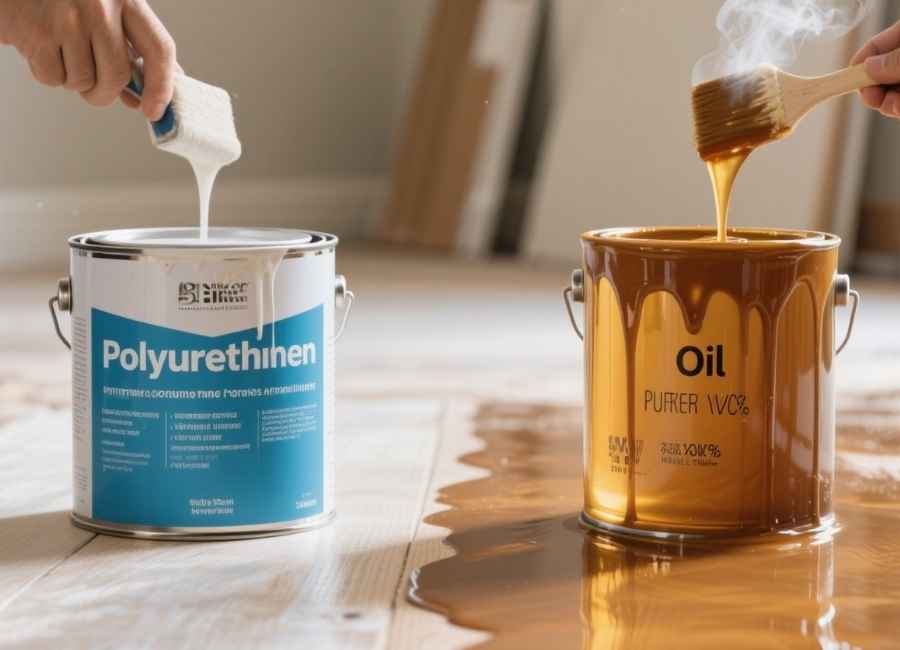
The most fundamental difference is their base.
- The main difference between them is what they’re made from. They have lower toxicity and a milder odor, making them a safer choice for indoor projects, especially in spaces with poor ventilation.
- Polyurethane comes in both water-based and oil-based types. Oil-based polyurethane has more VOCs and gives off strong fumes, which can be harmful if you don’t have good ventilation. (Pawlukiewicz & Amy, 2023) Water-based polyurethane has fewer VOCs, like polycrylic.
Durability and Longevity
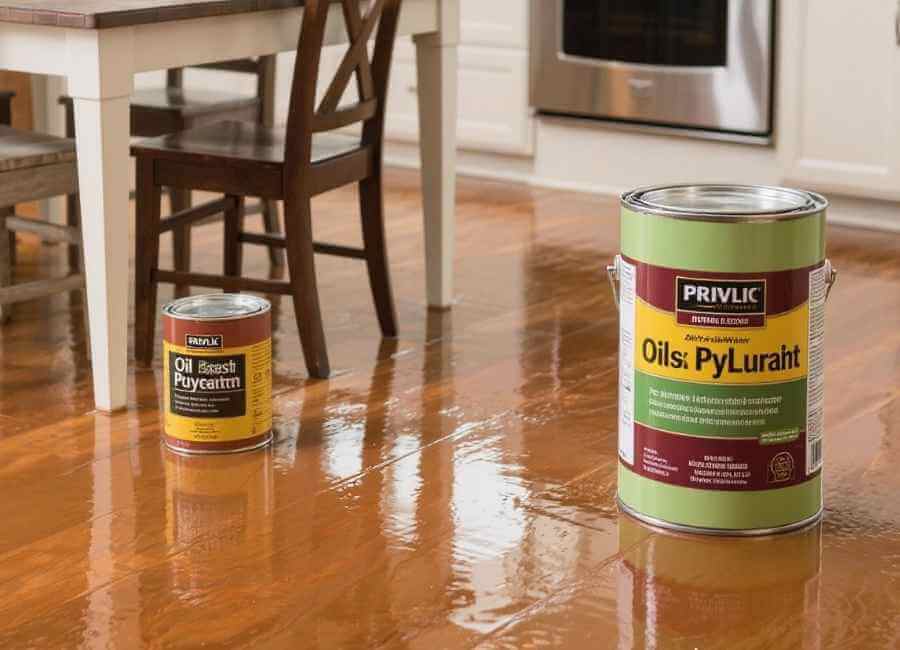
If your project will get a lot of use, durability is very important.
- Oil-based polyurethane is the undisputed winner for durability. Its hard finish is highly resistant to scratches, dents, heat, and moisture, making it ideal for high-traffic areas like floors and kitchen tables. (Polycrylic vs. Polyurethane: What’s the Difference & What is Best for Your Project, 2023)
- Water-based polyurethane is less durable than its Water-based polyurethane is not as durable as oil-based, but it is stronger than polycrylic. (Polycrylic vs. Polyurethane: What’s the Difference & What is Best for Your Project, 2023) It works well for furniture that gets moderate use. It is more prone to scratches and dents, particularly if something is placed on the surface before it has fully cured. With proper care, a polycrylic finish can last for years, but it’s best suited for decorative items or furniture that doesn’t face heavy daily use. (Polycrylic vs. Polyurethane: What’s the Difference & What is Best for Your Project, 2023)
Application and Drying Time
How you apply the finish and how long it takes to dry can affect how you plan your project.
- Polycrylic dries very fast. This is helpful if you need to finish quickly, but because it is thin and runny, you should apply it in thin coats and watch for drips.
- Oil-based polyurethane has a much slower drying time. This can be beneficial for larger surfaces like dining tables, as it gives you more time to achieve a smooth, even coat without Brush marks.
- Water-based polyurethane dries faster than oil-based but slower than polycrylic, giving you enough time to work on most projects.
For oil-based polyurethane, use a high-quality natural bristle brush. For water-based products like polycrylic and water-based polyurethane, a synthetic bristle brush works best. You can also use a spray for any of these finishes.
Appearance and Finish
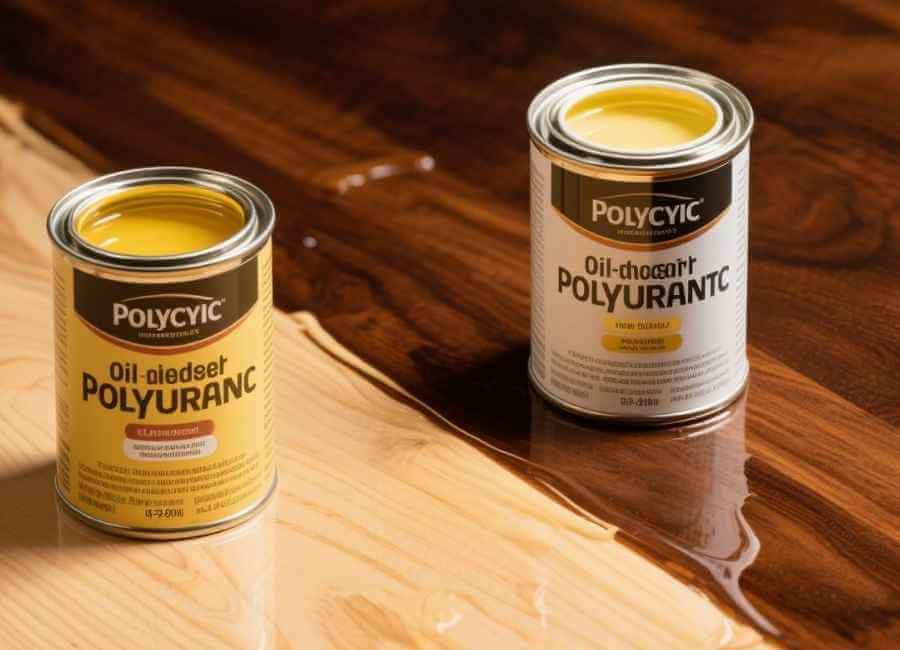
Both finishes are available in different sheens, from satin to high-gloss. The main visual difference is the color they add to the wood.
- Oil-based polyurethane dries with a slight yellow tint that can make wood look warmer. (Polycrylic vs. Polyurethane: What’s the Difference & What is Best for Your Project, n.d.) This is good for dark or warm-toned woods, but it can change the color of light woods like maple in a way you might not want.
- Water-based polyurethane and polycrylic both dry clear and do not yellow. (The Best Wood Finishes That Don’t Yellow, 2025) They are great for keeping the natural color of light woods or for use over paint. If you use too much polycrylic on dark colors, it can sometimes look a bit milky.
Cleanup and Cost
You should also think about your budget and how much effort you want to spend on cleanup.
- Cleanup: Water-based products like polycrylic and water-based polyurethane are easy to clean up with soap and warm water. Oil-based polyurethane is harder to clean and needs mineral spirits or paint thinner for brushes and spills.
- Cost: Polycrylic and water-based polyurethane usually cost about the same, between $20 and $30 per quart. Oil-based polyurethane can cost anywhere from $20 to $50 per quart, depending on the brand and quality. (Polycrylic vs Polyurethane: Which Finish Is Best For Your Project?, n.d.)
When Should You Choose Each Finish?
Not sure which to choose? Here’s a simple guide to help you decide.
Use Polycrylic For:
- Light-colored wood and painted furniture: Polycrylic’s clear, non-yellowing finish keeps your project’s color unchanged.
- Items: Perfect for picture frames, shelves, and side tables that won’t see heavy use.
- Projects with tight deadlines: Polycrylic dries quickly, so you can apply several coats in one day.
- Work in enclosed spaces: Its low VOC content makes it safer for indoor use where there isn’t much ventilation.
Use Polyurethane For:
- High-traffic surfaces (oil-based): Best for floors, kitchen tables, and bar tops that need to be very durable.
- Outdoor or high-moisture projects (oil-based): Its strong resistance to moisture and temperature changes makes it the best choice for things used outside.
- Large surfaces (oil-based): The slow drying time helps you get a smooth, even finish without streaks.
- Preserving the natural color of light wood (water-based): It is more durable than polycrylic and still dries clear.
Your Finishing Touch
The last coat you put on your woodworking project does more than add shine; it protects your hard work for years. By learning about polycrylic and polyurethane, you can choose the sealer that fits your project best. Whether you need strong protection for a busy kitchen table or a clear finish for a white dresser, picking the right one will give you a beautiful, lasting result.





